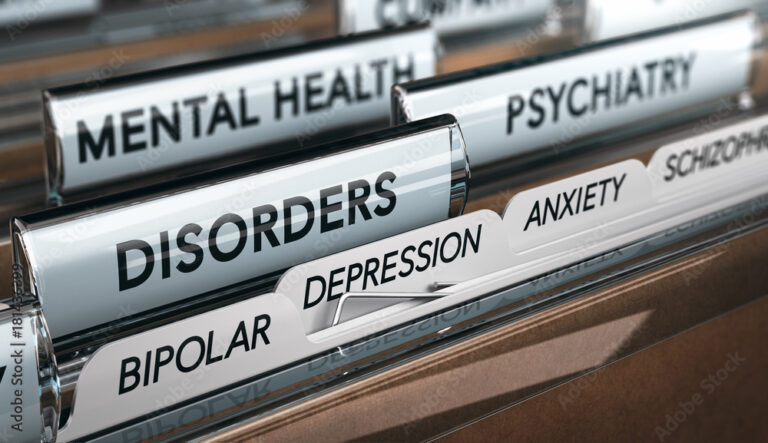Featured Blog
By Sara Polley, MD It is undeniable that social media plays a large role in the lives of most teenagers...
by Dr. Adam Klapperich, DO “You might’ve noticed I’ve got a slight weight problem. I went to this doctor. Well...
by Dr. Joshua Stein, MD Psychiatric assessments for children continue to have both extensive wait times and geographic disparities. In the...
by Dr. Joshua Stein, MD As a practitioner in a partial hospital and inpatient setting the most common reason for...
by Dr. Adam Klapperich, DO The use of second generation antipsychotics in the pediatric population is commonplace on inpatient psychiatric...
by Dr. Adam Klapperich, DO Over 1/3 of unipolar depression patients are eventually re-diagnosed with bipolar disorder. The primary care...
by Dr. Adam Klapperich, DO The key feature of pediatric generalized anxiety disorder is excessive or uncontrollable worry lasting >...
by Dr. Adam Klapperich, DO Pharmacogenomic testing is becoming more commonplace in the world of psychiatry, leading to “guided treatment”...
by Dr. Adam Klapperich, DO Recently the Psychiatric Assistance Line (PAL) team was asked about validated screening measure and scales...
by Dr. Adam Klapperich, DO PANDAS is an acronym for Pediatric Autoimmune Neuropsychiatric Disorders Associated with Streptococcal Infections. This post-strep...
- 1
- 2









